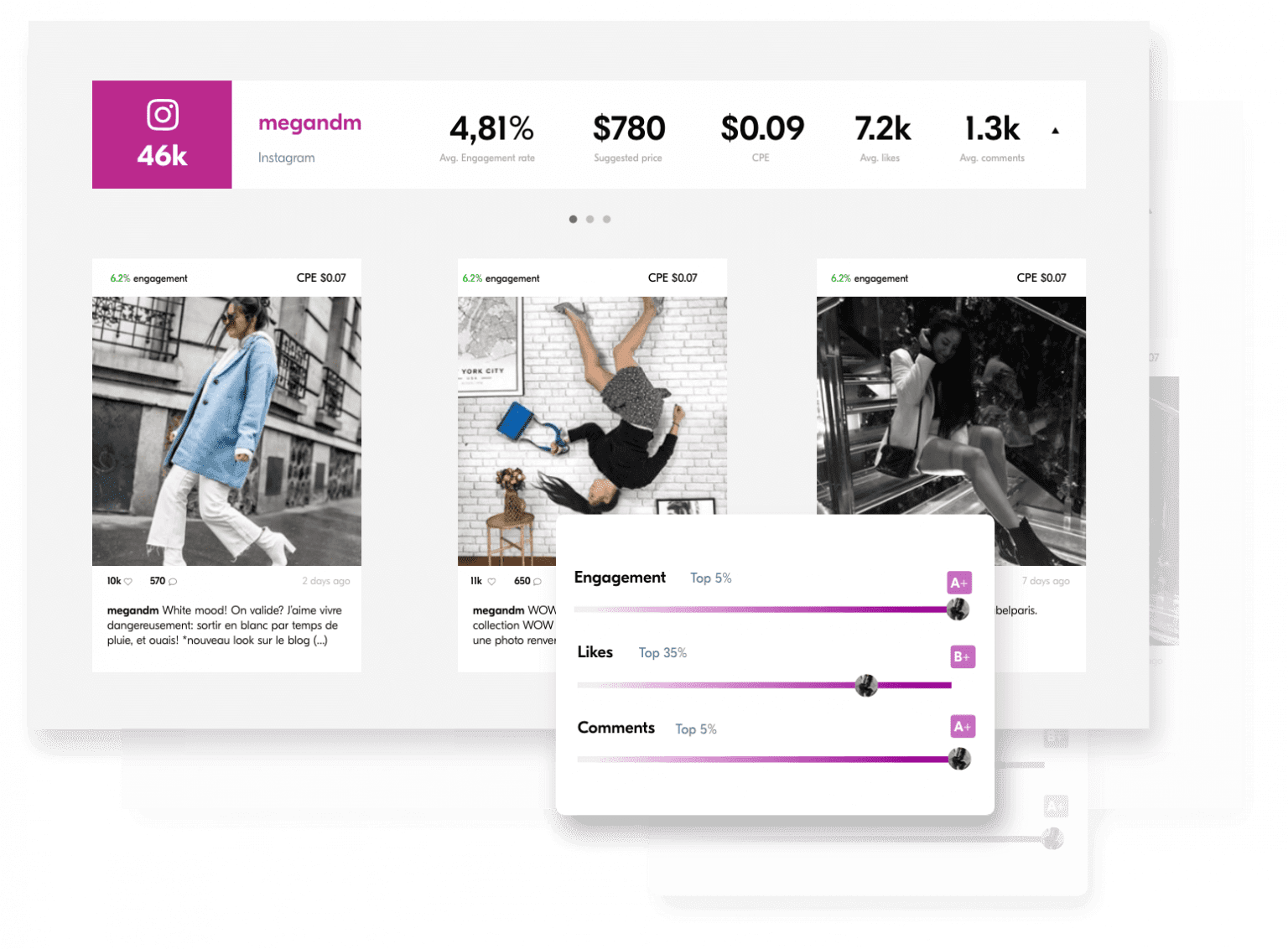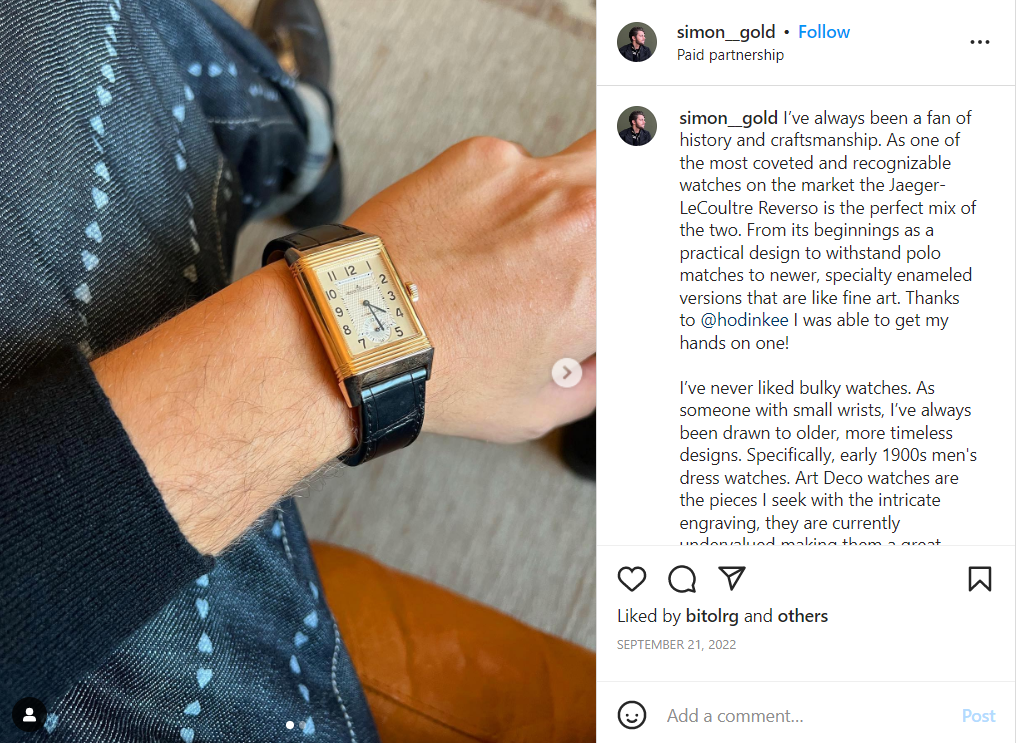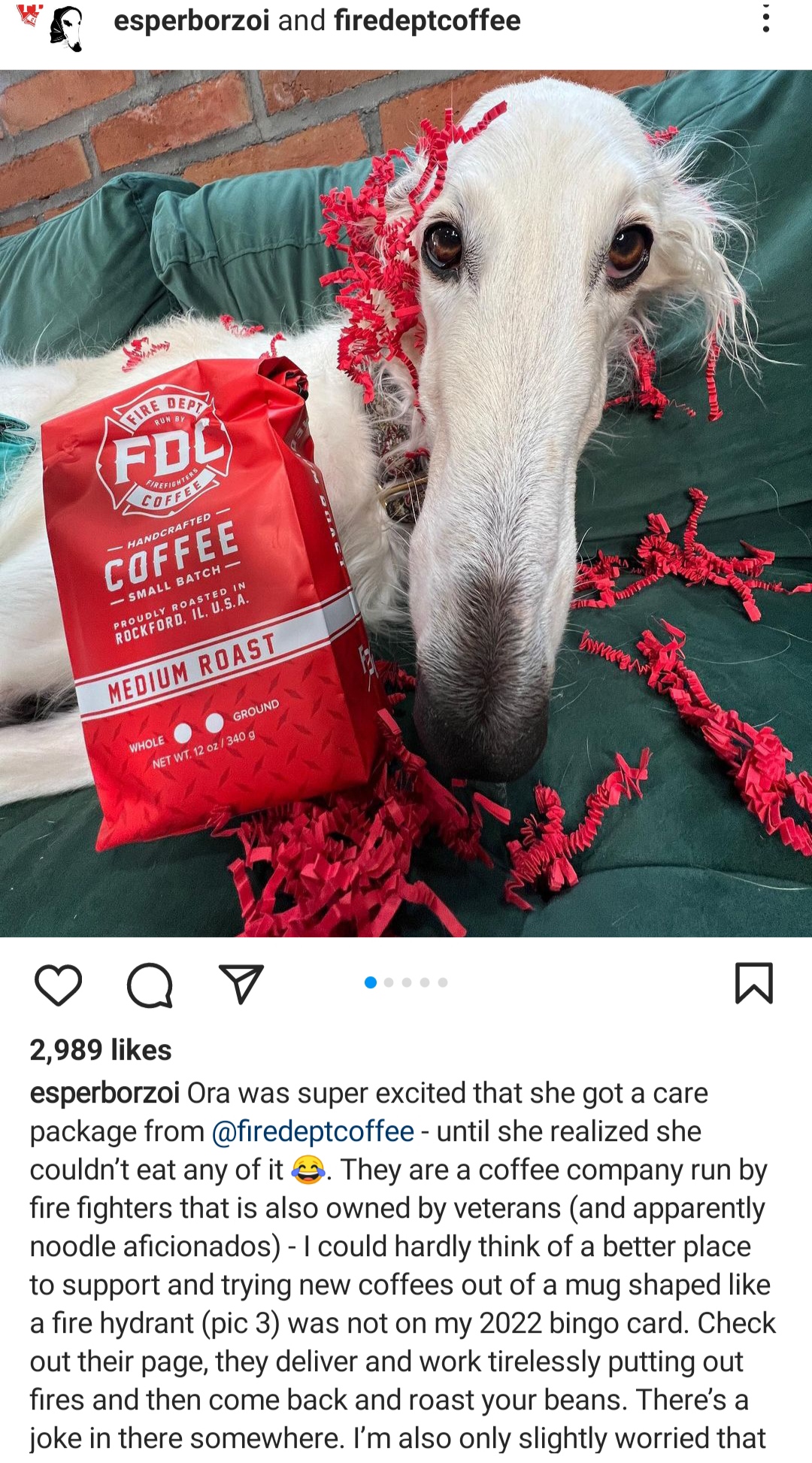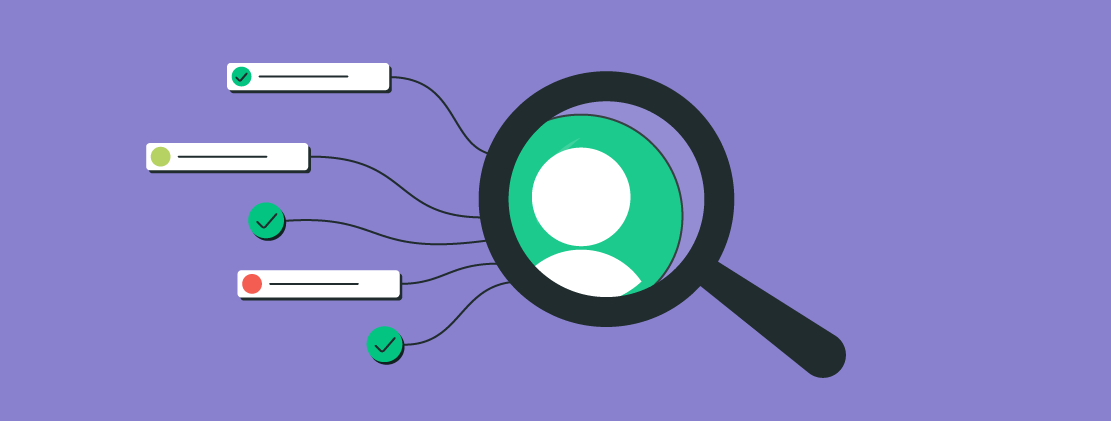Striving for authenticity, many brands give up on big-name bloggers and instead turn their attention to rising social media stars. This doesn’t come as a surprise.
83% of Millennials say it’s important for the companies they buy from to align with their beliefs and values. Attracting their attention won’t be easy if your brand is used to working with too-perfect-to-be-real Instagram models.
The young audience wants to see relatable, approachable influencers with real expertise and original thoughts. But there’s a problem. To rephrase a popular proverb, micro-influencers are like a four-leaf clover — hard to find and lucky to have. How do you discover them and make sure they’re, in fact, influential?
This post will help you make sense of micro-influencer marketing on Instagram and beyond. We’ll give you relevant tips and recommendations for 2023 and show you the tools you can use to find potential brand ambassadors with a genuine following. You’ll also see examples of brands that work with micro-influencers. Buckle up!
Content:
- Who are micro-influencers?
- Why should you choose micro-influencers?
- How to work with micro-influencers
- How to find micro-influencers in your niche
- Examples of brands that work with micro-influencers
- Which platform is the best for micro-influencer marketing?
- Communicate with your target audience across multiple channels
Who are micro-influencers?
Micro-influencers are bloggers who have a smaller but highly engaged following on social media, typically between 1,000 to 100,000 followers. They are often seen as experts or thought leaders in specific niches or industries, and they have the ability to influence their audience’s purchasing decisions.
Learn more about influencer marketing from our Glossary!
A good example of a micro-influencer might be an NYC-based foodie who has a few thousand followers on Instagram and regularly posts photos and reviews of local cafes and restaurants.

Another example might be a yoga coach who has a dedicated following on YouTube where they share follow-along workouts. You get the idea.
So, what’s the difference between micro-influencers vs. macro-influencers?
Macro-influencers are practically celebrities — they often have their own PR agent and a team who helps them create content and manage their social media accounts. They create professional-level content, and they charge a lot for it. Macro-influencers constantly work with various brands, and their audience is used to seeing ads and paid sponsorships in their feed.
Micro-influencers usually manage their accounts themselves and rarely do advertisements because they’re simply not popular enough yet. Their followers expect genuine, unbiased reviews and recommendations from them. A typical micro-influencer’s audience is usually highly engaged because they know that their reactions and comments will be noticed and appreciated.
Why should you choose micro-influencers?
You might be wondering why someone would pay a relatively unpopular blogger for a promotion. Wouldn’t it be easier to pay one influencer with 500,000 followers and get it over with? Why would anyone spend hours, if not days, looking for 50 influencers with 10,000 subscribers each?
There are several reasons why small and medium-sized businesses may want to work with micro-influencers:
- Better ROI. Big social media stars charge exorbitant prices — for example, one post in Selena Gomez’s feed costs around $1,735,000. Because micro-influencers have a smaller following, they are often more affordable to work with, and they’re open to barter deals, too. This means that you can work with multiple micro-influencers for the same cost as a single larger influencer or celebrity.
- Higher engagement. Micro-influencers tend to have a more active following because their followers often view them as trusted sources of information in their specific niches. They’re more likely to organize live streams or even offline hangouts with their subscribers, which only encourages participation and makes their subscribers feel part of the group.
- High-precision targeting. If your target audience is a very specific group of people (say, digital nomads) with a very specific problem (struggling to find a reliable health insurance provider), you’ll be better off talking to them directly through niche bloggers they’re following (other digital nomads). This way, you’ll reach a more specific audience that is more likely to be interested in your products or services.
- Authenticity. Micro-influencers are often seen as more authentic and trustworthy than larger online celebrities. This is because their followers view them as genuine experts in their niche, rather than paid spokespeople, or, even worse, sellouts. Micro-influencers often lead a life similar to those of their followers, and they’re more likely to actually use and enjoy your product.
- Cost-effectiveness. For businesses with smaller budgets, micro-influencer marketing is the only option to get the word out there and attract some attention. More traditional means of advertising are quite expensive and may not even work for some niches.
- Higher content quality. Small-scale creators have more time on their hands to dive into your offer and learn more about your brand to make a detailed, informative, and helpful post. Chances are, they’ll write a meaningful caption or script and give your brand the attention it deserves. Macro-influencers won’t invest so much energy in your paid posts — they’ll outsource “the dirty work” to their team and move on to the next lucrative offer.
- Real exposure. Highly popular accounts are often bot-ridden and less lively than they appear. While micro-influencers have the time and resources to clean their profiles manually, for bloggers with a huge following, it’s almost impossible to block all spam comments and accounts as there are simply too many of them.
To sum it up, micro-influencers have become so attractive to brands because they often have a more loyal and engaged following than larger stars. They are also generally more affordable to work with, making them a popular choice for growing brands.
How to work with micro-influencers
Before you jump into it, you need to know what to expect from working with micro-influencers and how to set the right goals.
So, what micro-influencers can help you with?
- Brand awareness. They’ll introduce your products or services to their followers who may not have been aware of them before.
- Traffic. Micro-influencers will motivate your target audience to check out your website or social media page and interact with it.
- Lead generation. By promoting your products or services, micro-influencers can drive sales or leads. This is especially effective if the micro-influencer’s followers are open to trying new products and have the financial means to do so.
- User-generated content. Micro-influencers can encourage their followers to create and share their own content featuring your hashtag, which will help your brand with exposure.
- Feedback. Working with less-known influencers allows you to communicate with your target audience more directly, for example, through the comment section under your paid post, and analyze their sentiment toward your brand.
- Geotargeting. If you want to reach an audience living in a certain neighborhood and doing certain activities, you can do that through targeted ads… or, you can partner up with a local influencer on social media and achieve the same result at a fraction of the cost.
Micro-influencer marketing can be an effective and affordable marketing tool, but it shouldn’t be your only tool. You can’t expect crazy subscriber growth spikes from such partnerships, simply because the scale is too small. That said, a succession of such paid posts can help your account grow more sustainably.
Another disadvantage of working with micro-influencers is that they don’t have the whole process set up yet, and communications can feel bumpy at times. They also may accidentally undercharge or overcharge you because they may not know their worth yet, so you should always be ready to negotiate.
How to find micro-influencers in your niche
There are several ways to find trustworthy micro-influencers that resonate with your target audience.
Use influencer marketing platforms
There are several influencer marketing platforms such as Intellifluence, Upfluence, AspireIQ, and NeoReach that can help you find micro-influencers on Instagram and other platforms. These platforms usually have a database of influencers that you can filter based on your specific criteria. They also equip you with influencer analysis tools to help you make the right choice.

They won’t include so-called nano-influencers, but you will find plenty of creators who have around 100,000 followers.
Search social media
Better yet, get on social media platforms most relevant to your niche and start doing your own research. Content creators may hide under different job titles, hashtags, and bio descriptions, and manual search is often needed to discover that talent.
Your goal is to find micro-influencers with a high engagement rate and a following that aligns with your target audience. Here are some positive signs to look for in their profile:
- likes and comments from real people;
- variety of content formats;
- active discussions under every post;
- live streams, interviews, or collaborations with other niche experts;
- competitions and challenges for the followers;
- rare, high-quality brand partnerships in the past.
We’ll discuss different social media platforms for micro-influencer marketing in the following sections.
Check out your competitors’ influencers
Look at the influencers your competitors are working with to check who else appears in the suggested accounts next to them — both Instagram and TikTok have this feature. This way, you may discover other promising creators or channels that aren’t burdened with any long-lasting paid partnerships yet.
Ask for recommendations
With micro-influencer marketing, word of mouth goes a long way. Ask your customers, professional contacts, or other businesses in your niche if they know any trustworthy micro-influencers. Or, simply find out who they follow to discover impactful voices within the industry.
Once you have a pool of potential micro-influencers, check their engagement rate and go through their content more thoroughly to ensure that they align with your brand values and are a good fit for your marketing goals.
Examples of brands that work with micro-influencers
While partnerships like Kylie Jenner x Adidas go viral in a matter of seconds, small-scale collaborations are certainly harder to come across. We’ve picked a few interesting examples of less-known brands that work with niche micro-influencers — feel free to use them as an inspiration source.
For more influencer marketing campaign examples, check out our recent blog post!
Local granite company
Who usually visits wildlife centers? Families with kids who have certain financial stability and are interested in nature and sustainability. The granite company in our first example is well aware of that. They support a local wildlife center, which has 66K followers on Instagram, and in exchange get nice exposure on social media and offline.

There you have it, a match made in heaven. This clever, long-lasting sponsorship allows the company to reach its exact target demographic while also demonstrating its core values. The wildlife center visitors will encounter the brand in the positive context of nature conservation and will remember it as an ethical, trustworthy company that gives back to the environment.
Watch brand
Moving on to a more conventional paid partnership example, this watch brand collaborates with a fashion influencer who has 70K subscribers on Instagram. This allows the company to tap into its target market without paying hundreds of thousands of dollars for a single post.

As a result, the paid promotion feels quite authentic and natural — the caption sums up the blogger’s impressions of the product, and the subsequent photos prove that he does wear the watch in real life.
Coffee roastery run by first responders
Goofy animal accounts on Instagram often collect millions of followers and tons of engagement, so it’s not uncommon for brands to want to partner up with four-legged influencers. Here’s a great example of how a purpose-driven brand can reach its target market by choosing the right micro-influencer.

Thanks to the playful and witty caption, this post doesn’t feel commercial — it’s more of a genuine recommendation from an unusually popular Borzoi dog owner.
Which platform is the best for micro-influencer marketing?
Just hear us out. In 2018, brands could get away with being on Instagram, Facebook, and nowhere else. However, in 2023, YouTube might be your best bet, especially if you’re just building awareness for your brand.
One reason for that is that Instagram has gotten too competitive, and its users start showing influencer fatigue symptoms — they often ignore or avoid paid posts or even make fun of them. It’s becoming increasingly hard to believe that all those influencers actually use the products they promote.
YouTube is a different story. The content on the platform is usually more authentic, in-depth, and value-driven. Videos also somehow feel more genuine and realistic, as opposed to stills. For instance, you could edit a product photo on Instagram beyond recognition, but deep-faking an entire video review on YouTube would be much harder.
When it comes to content formats, YouTube has a richer palette, too:
- try-ons;
- tutorials;
- unboxing;
- reactions;
- discussions;
- recommendations;
- follow-alongs;
- shopping hauls;
- challenges;
- Q&As;
- expert tips;
- lessons;
- makeovers;
- creative ideas;
- battles;
- how-tos.
For the same reason, we recommend using TikTok for business if you aren’t doing that already. TikTok influencer marketing on the platform is currently booming, thanks to the updated advertising toolkit, which allows creators to organize convincing, memorable product presentations, demonstrations, etc.

Twitch is another strong, although a bit more niche alternative. For this platform, you may want to use solutions like GameInfluencer to discover creators with a small but dedicated following.
Communicate with your target audience across multiple channels
Finding the right Instagram micro-influencers is just one piece of the puzzle. SendPulse can help you adopt an omnichannel marketing strategy and automate your campaigns without losing that personal touch.
You’ll be able to focus on creativity and strategizing more, instead of spending hours trying to make your marketing tools talk to each other. We offer an email automation service, a landing page builder, a chatbot builder, an SMS service, CRM, and more. The best part is, you don’t need a paid account to test it out!








